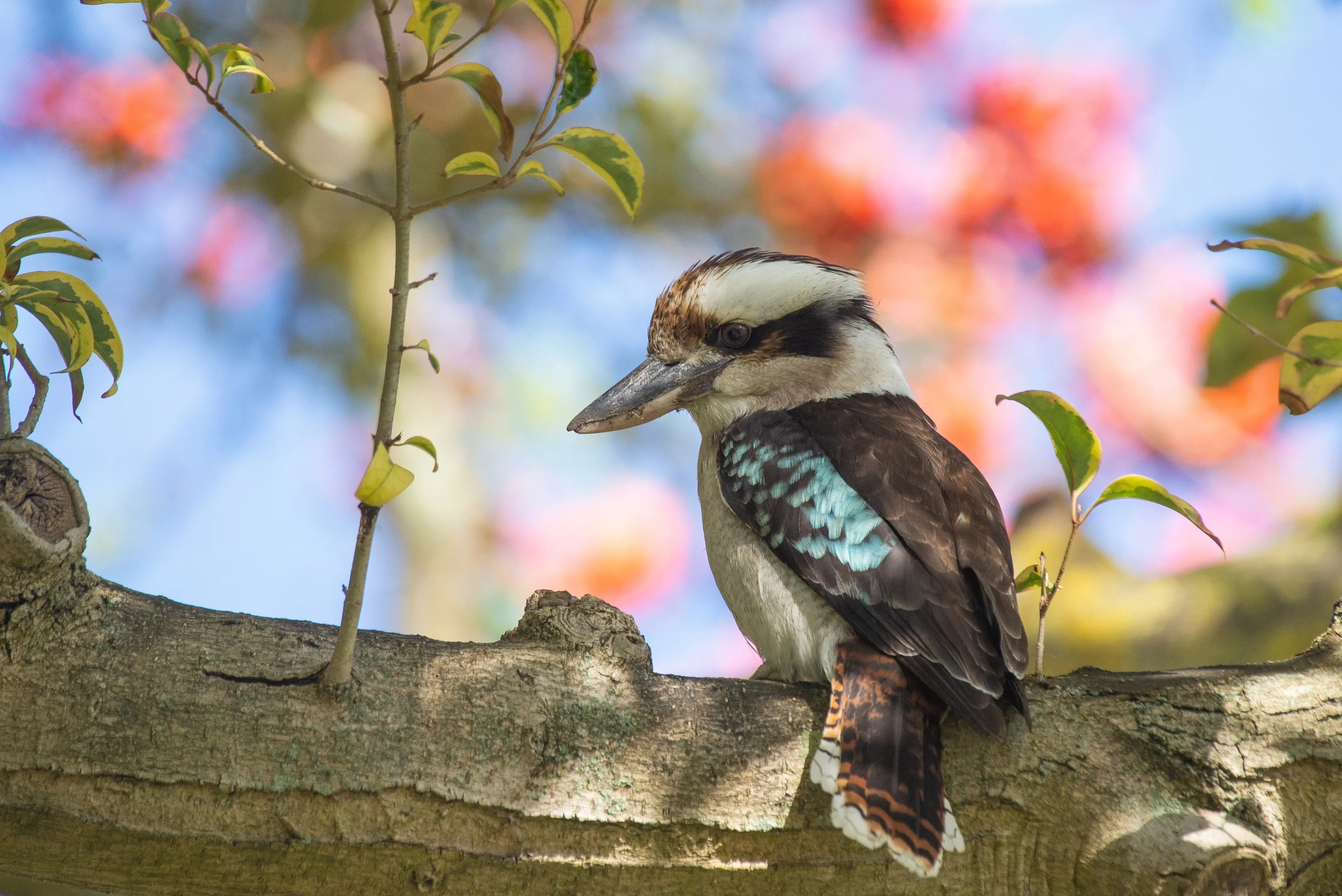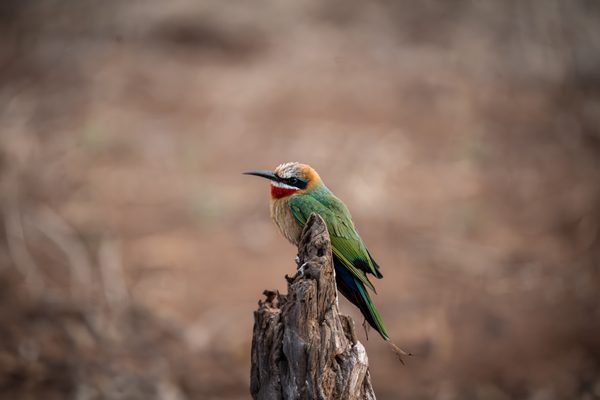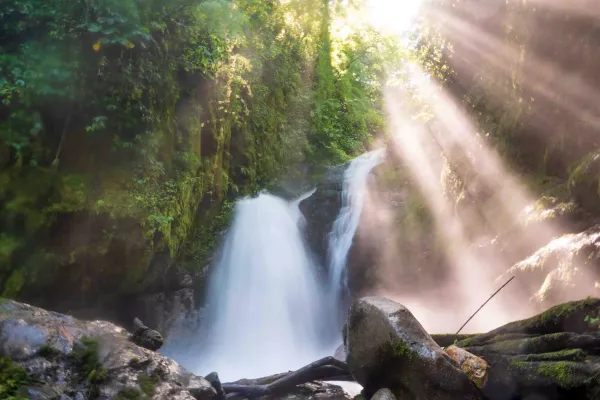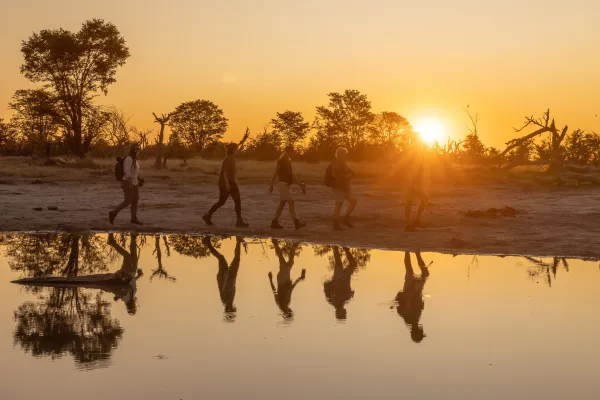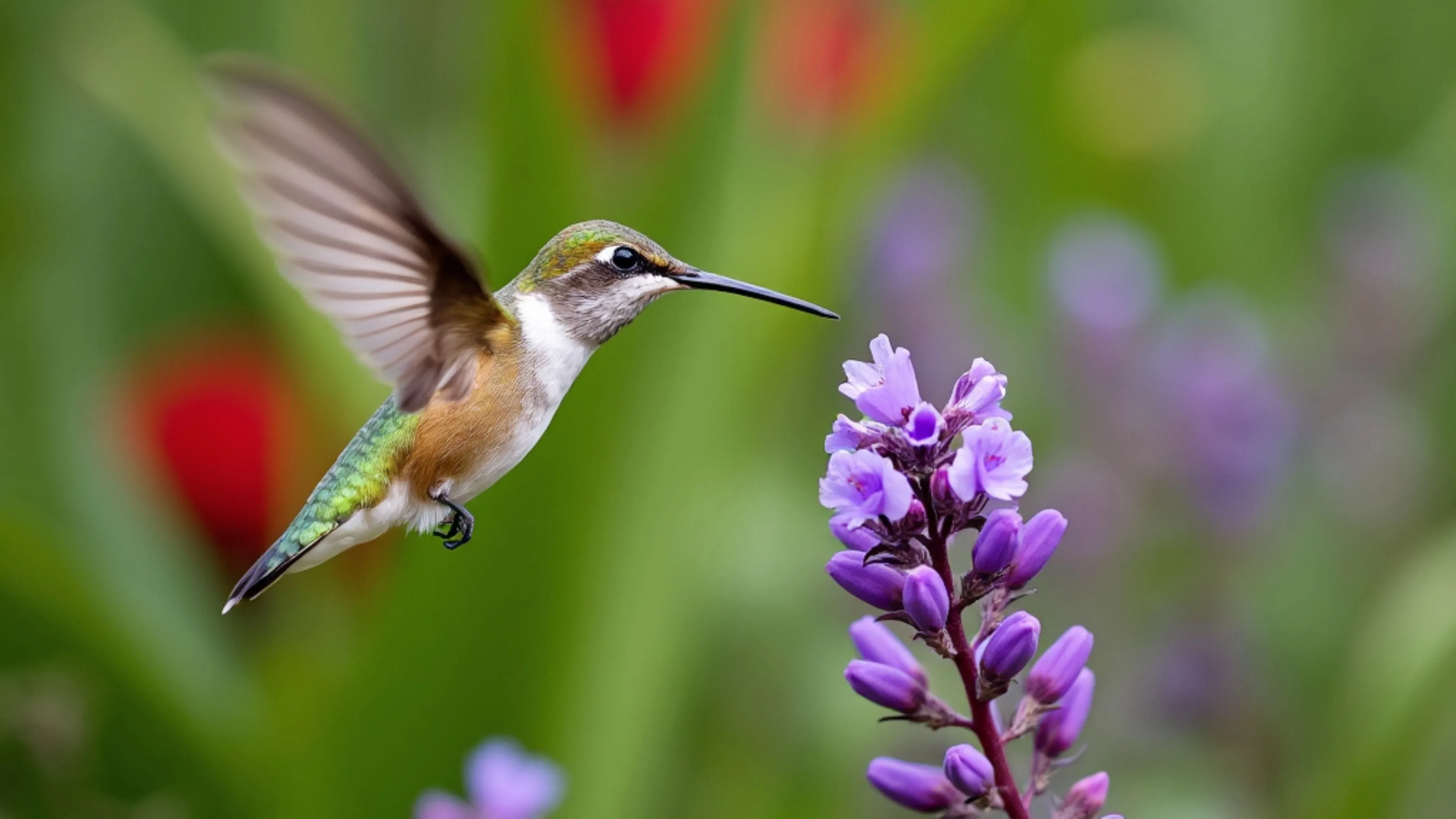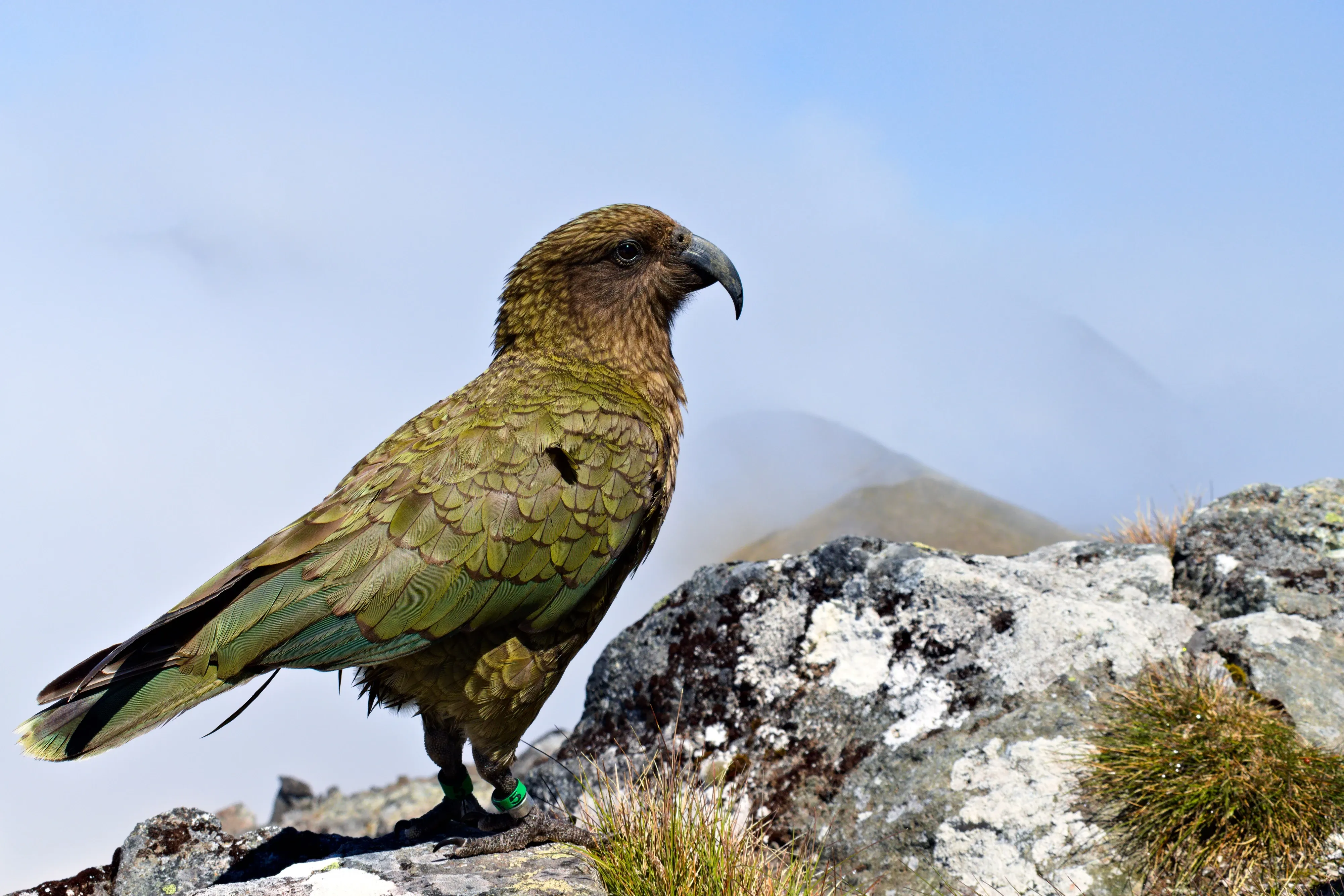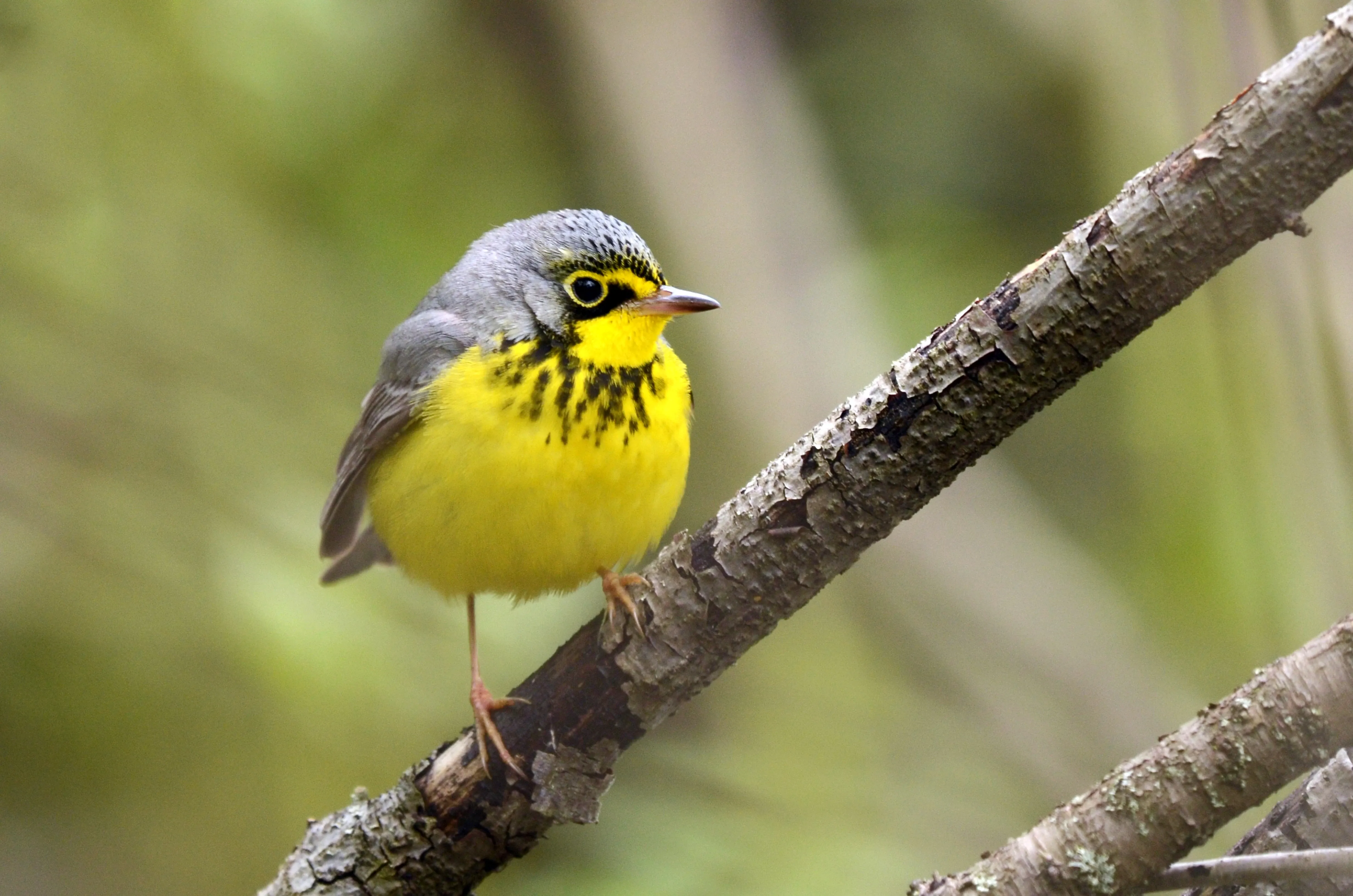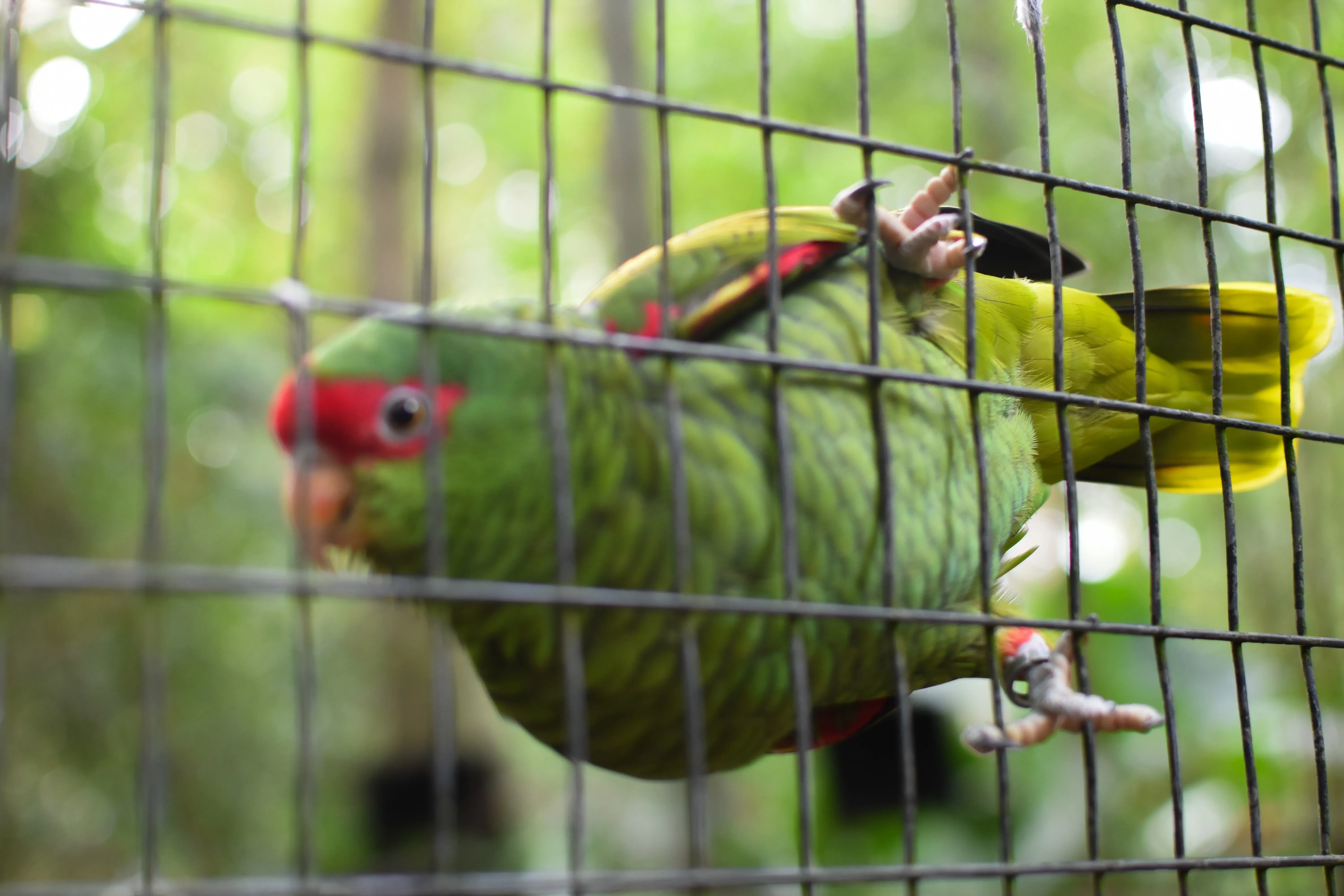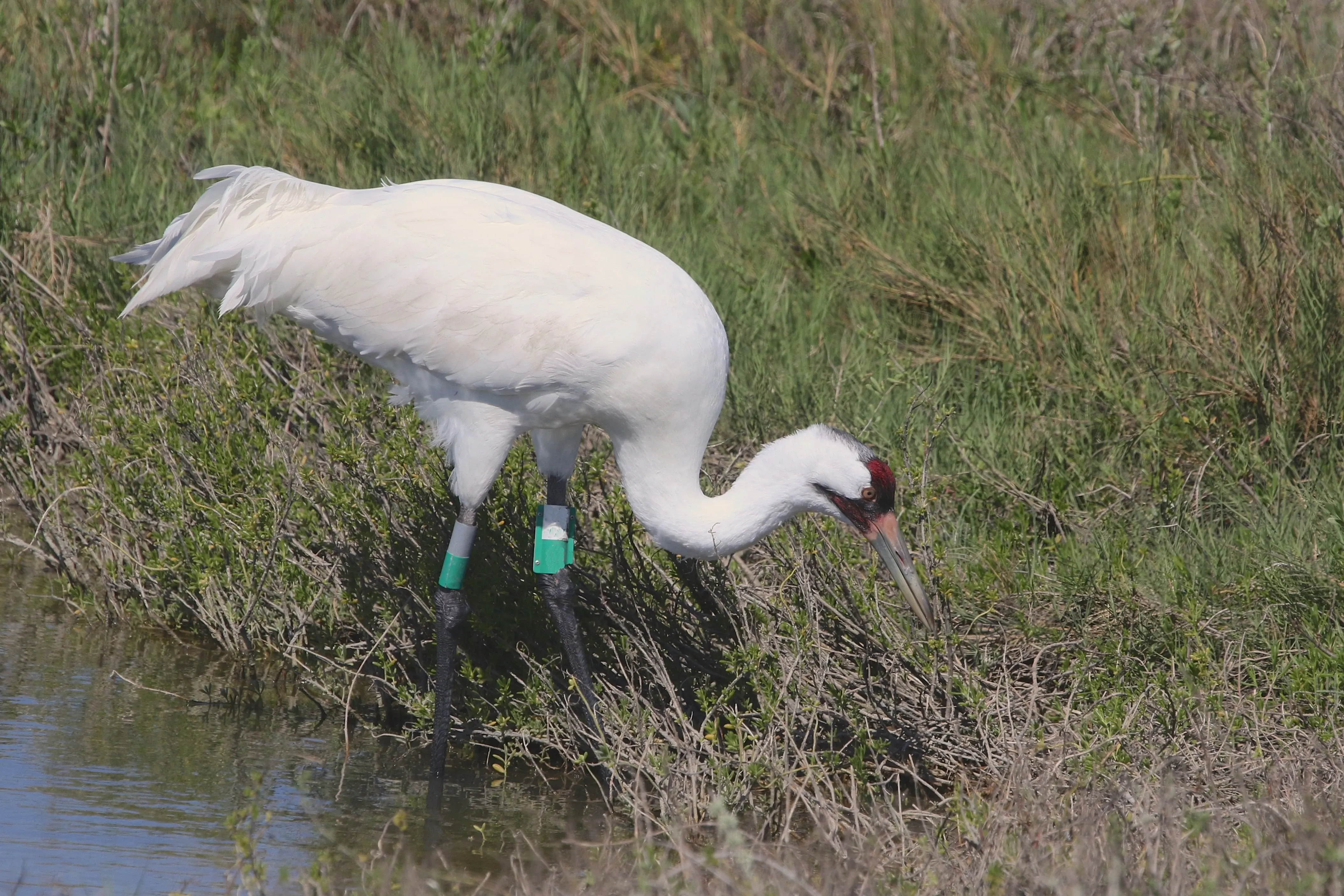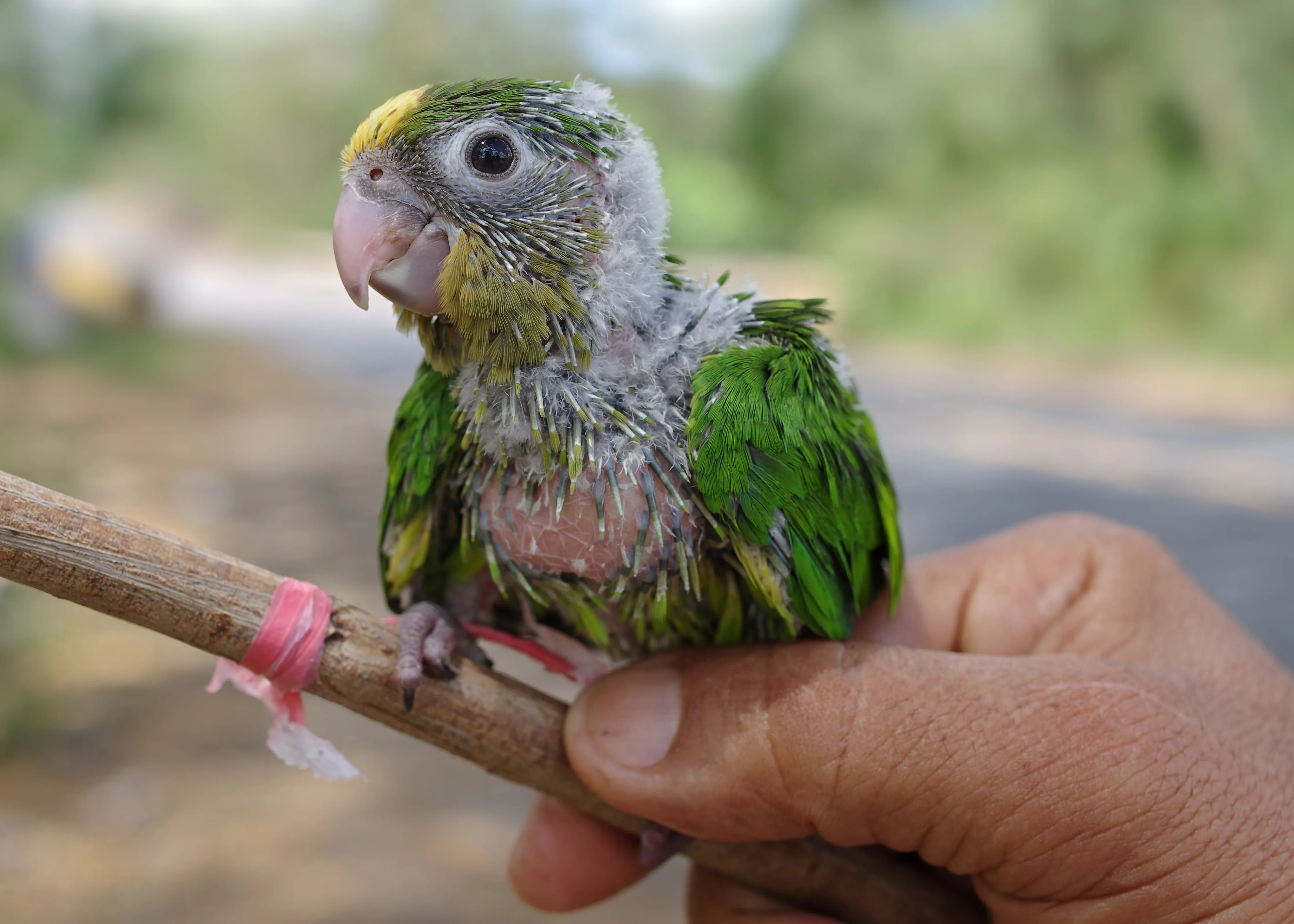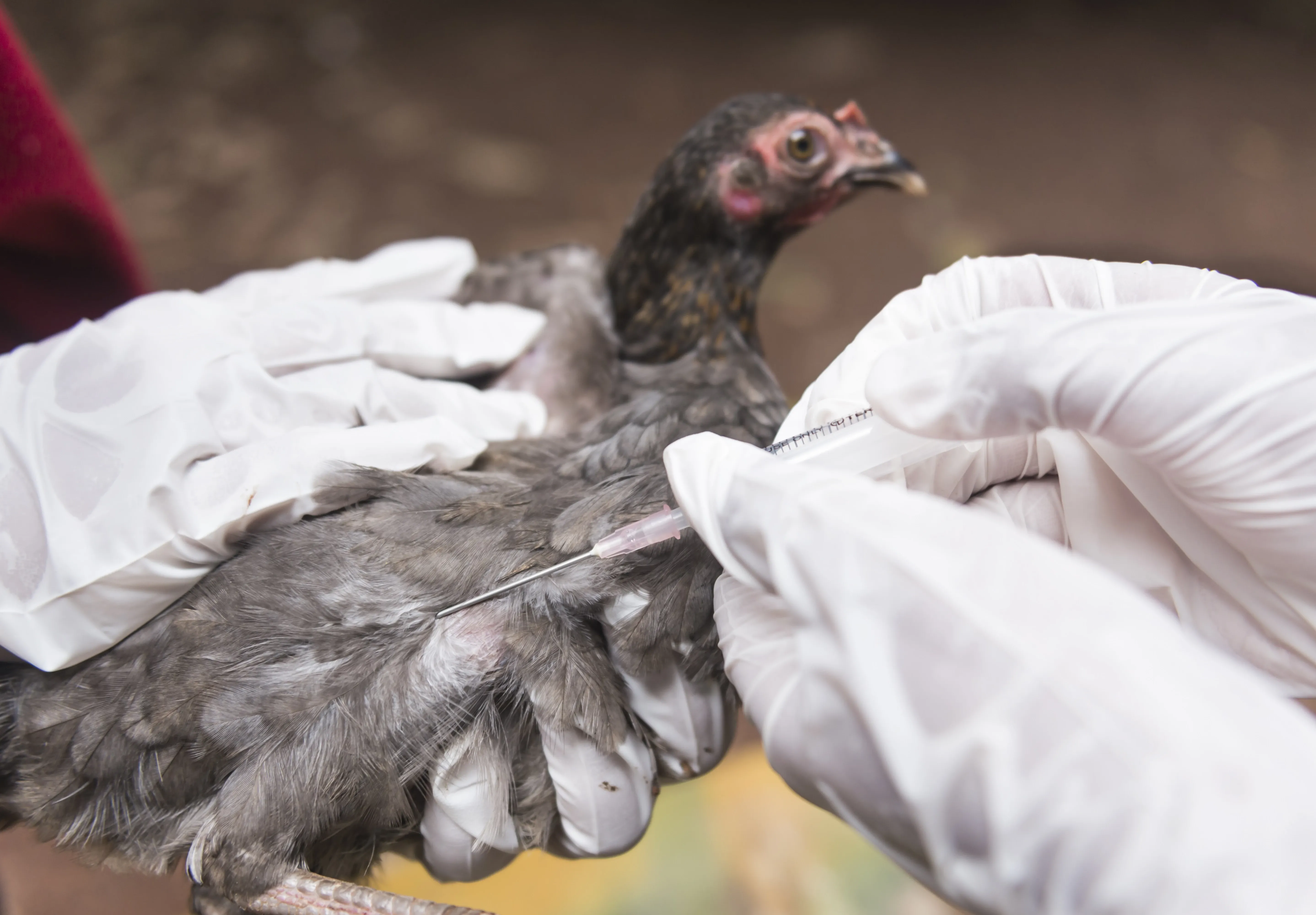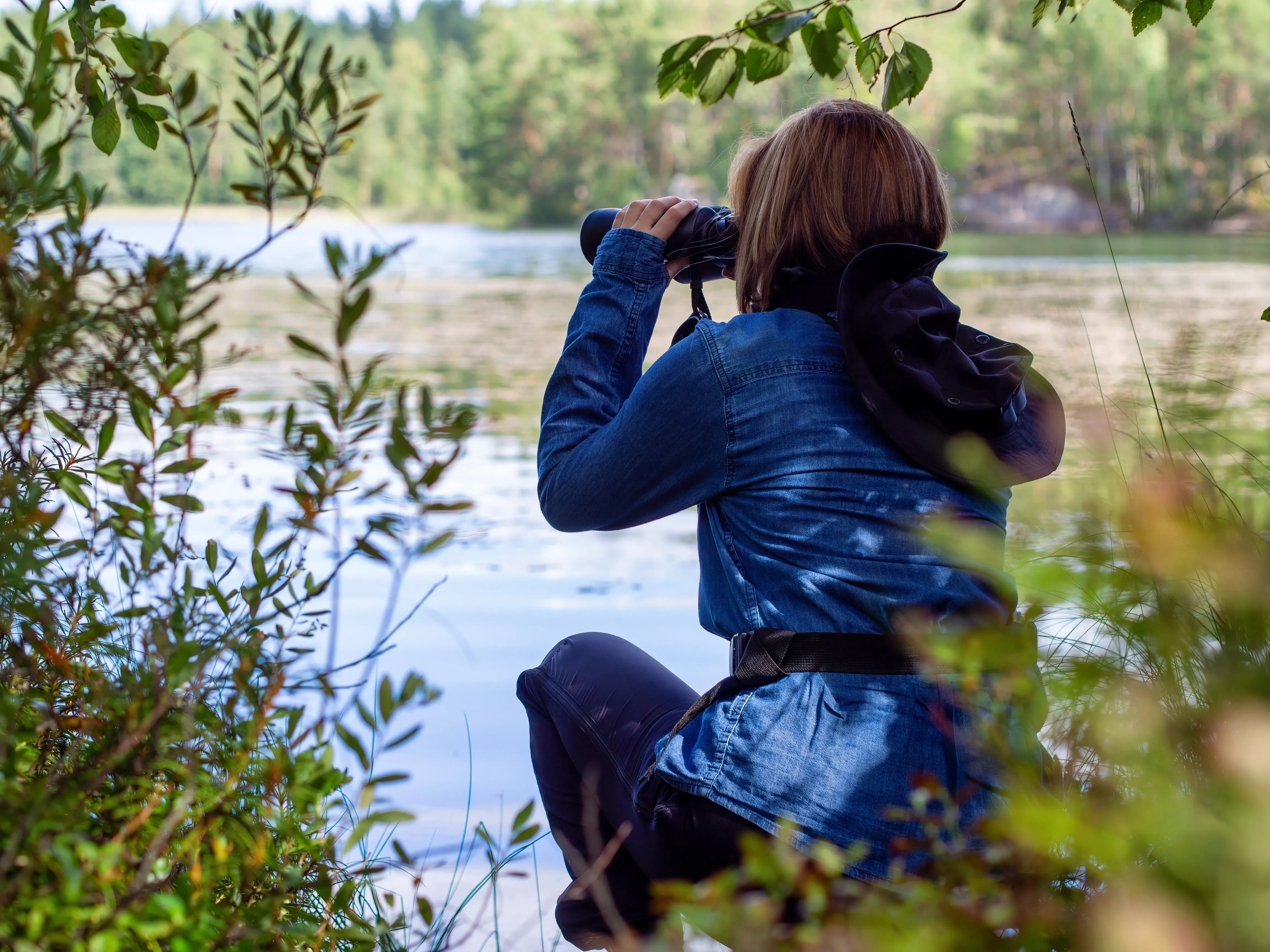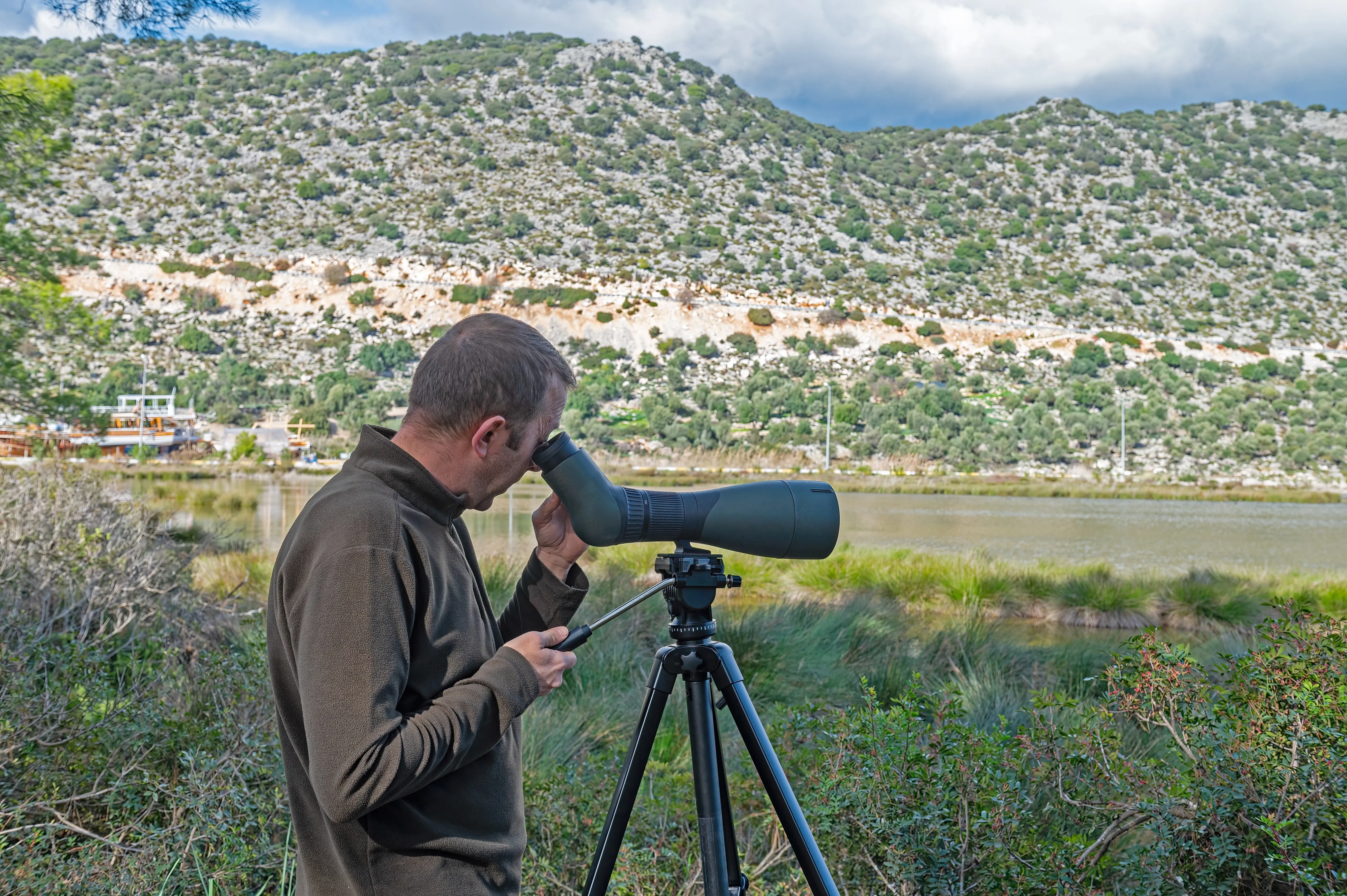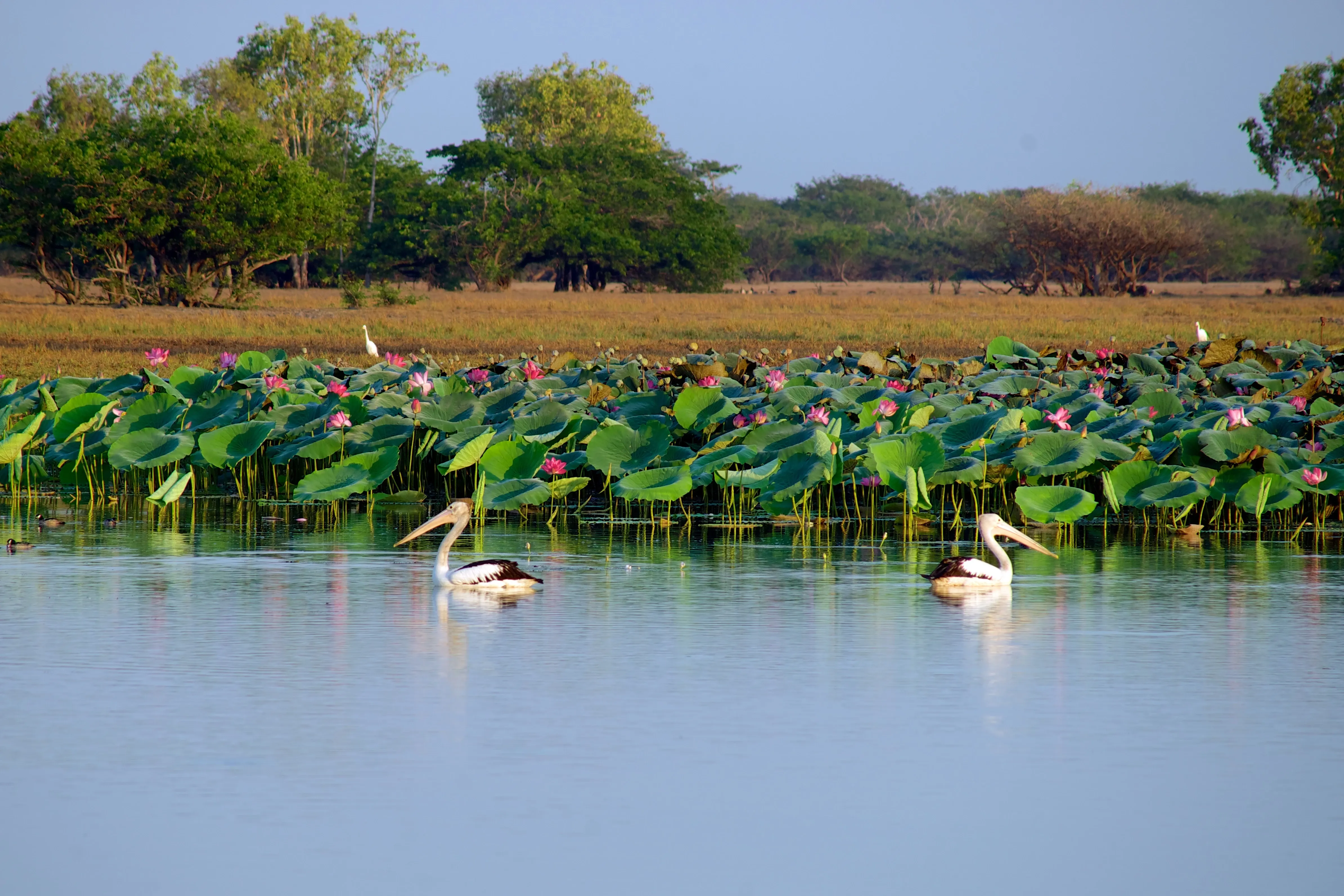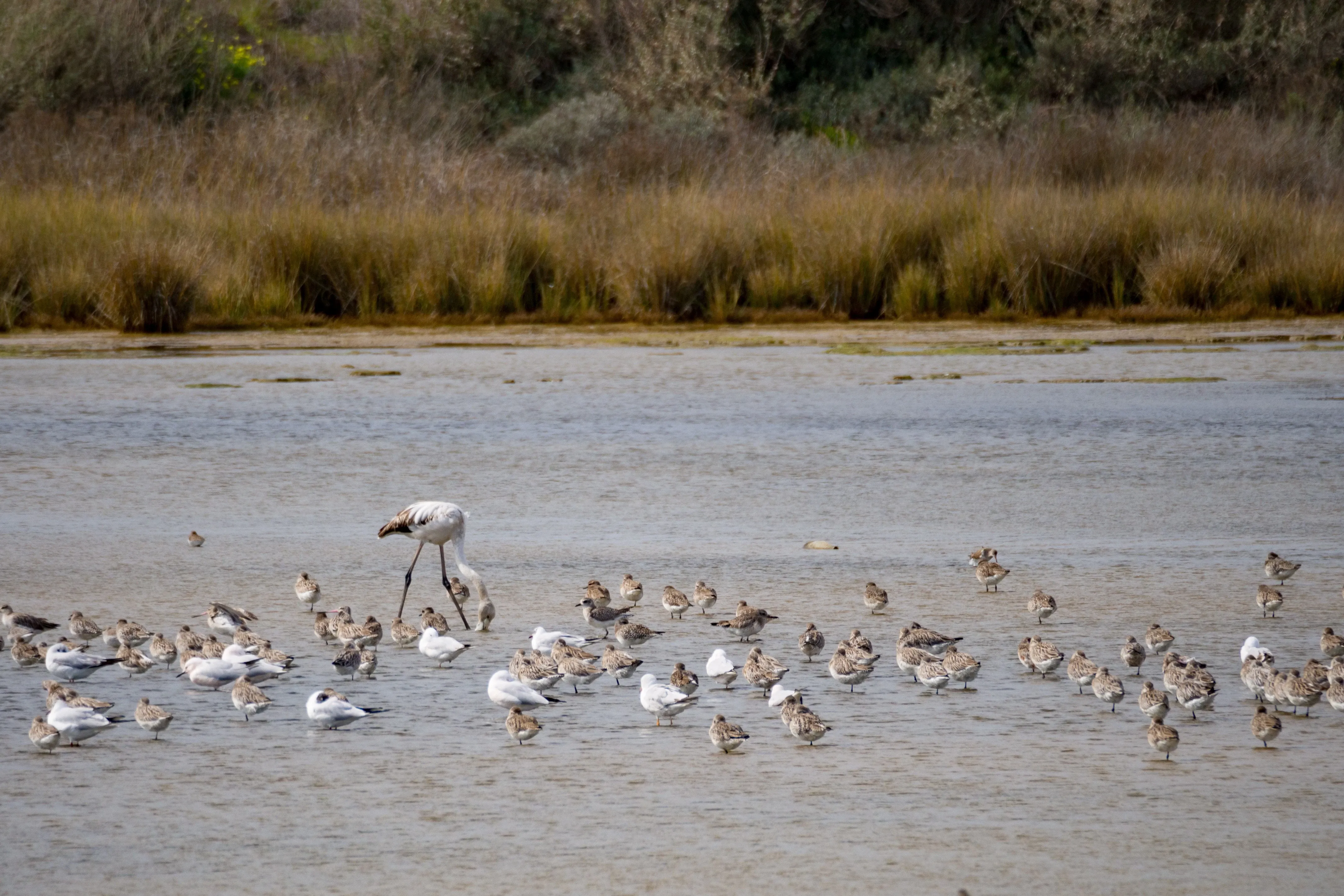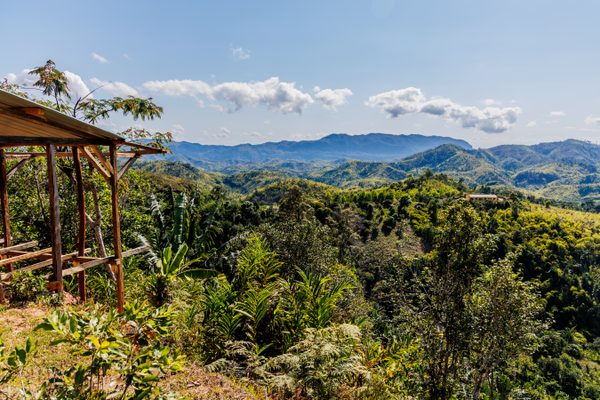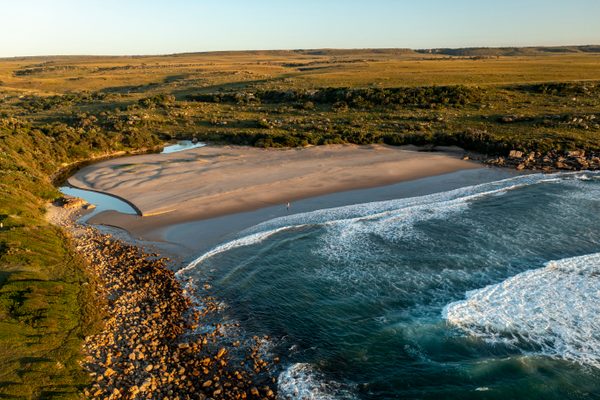Conscious Travel: Bird Conservation
Birds are everywhere, and their presence enriches our world. Whether it's the familiar sight of sparrows in city squares, the vibrant colours of a parrot in the rainforest, or the graceful flight of a hawk, birds have long captivated our attention.
But beyond their beauty and presence in our daily lives, birds play an essential role in keeping ecosystems healthy and balanced. From pollination and seed dispersal to controlling insect populations, birds contribute to biodiversity and the balance of nature in ways that are often overlooked.
Yet, despite their significance, many bird species face alarming threats due to habitat destruction, climate change, and human activities. As we lose more bird species each year, the ripple effect on ecosystems and human livelihoods grows.
Conserving bird populations is about more than saving individual species; it’s about protecting the intricate web of life that sustains all of us. Join us in exploring the vital conservation efforts underway—and discover how you can make a difference in preserving the habitats that birds and all living beings rely on.
»If you take care of birds, you take care of most of the environment problems in the world.«
The importance of birds: Ecological guardians and cultural symbols
Birds have long been a source of fascination and inspiration for humans. Their beauty, songs, and ability to fly make them unique creatures in the animal kingdom. But beyond their aesthetic appeal, birds play a vital role in ecosystems and human cultures around the world. They contribute to our environment in countless ways and have held symbolic meaning in various cultures for centuries.
Ecological importance of birds
Birds are essential to maintaining ecological balance across their diverse habitats, including forests, wetlands, islands, grasslands, deserts, and urban areas. As pollinators, seed dispersers, and pest controllers, they help sustain those ecosystems.
Nectar-eating species like hummingbirds, sunbirds, and sugarbirds assist in pollination by transferring pollen from flower to flower, promoting plant reproduction. Many birds, from pigeons to parrots, disperse seeds, facilitating the growth of new plants and forests. By controlling insect populations, birds also play a crucial role in pest management.

Predatory birds like hawks, harriers and kites keep rodent populations in check, protecting crops and reducing the need for chemical pesticides. Moreover, birds act as bioindicators, providing insight into the health of the environment. Changes in bird populations can signal shifts in climate, pollution levels, or the degradation of ecosystems. Their presence or absence in specific areas can offer early warnings of environmental problems, helping humans take action to preserve natural habitats and their livelihoods.
Birds in human culture and symbolism
Throughout history, birds have held powerful symbolic meanings across cultures. Their freedom of flight has often made them symbols of hope, aspiration, and transcendence. For instance, in Ancient Egypt, the falcon was associated with Horus, the god of the sky, symbolizing protection, healing and kingship. In Greek mythology, the owl was sacred to Athena, the goddess of wisdom, representing knowledge and foresight.
In many indigenous cultures, birds serve as spiritual messengers. The eagle, revered by Native American tribes, is often seen as a connection between the physical world and the spiritual realm due to its ability to soar to great heights. Its image represents strength, courage, and freedom, making it a common symbol of leadership.

The dove, on the other hand is universally recognized as a symbol of peace, hope, and purity, often depicted in religious and cultural iconography. Cranes are also significant in various cultures, representing longevity, fidelity, and the beauty of life.
For centuries, birds have held a significant place in human culture, their symbolism woven into countless aspects of our lives. We see them everywhere—from the names of sports teams to car logos, paintings, and sculptures. If birds were no longer part of our world, their absence would be profoundly felt.
Connection between birds and human well-being
In addition to their ecological and symbolic roles, birds have been important in human livelihoods, such as in agriculture. Poultry, including chickens, ducks, and turkeys, have provided humans with food for thousands of years. Feathers have also been used in clothing and crafts, and birds' ability to mimic sounds has inspired music and storytelling in various cultures.
Furthermore, birds also contribute to human well-being. Birdwatching, a popular activity which grows globally, fosters a sense of connection with nature and promotes mental well-being. Studies show that exposure to birds and their songs can reduce stress, anxiety, and depression, fostering mindfulness and relaxation. This relationship between humans and birds highlights the deep, often subconscious connection people have with the natural world.
Bird conservation – Safeguarding vital links in our ecosystems
Birds have been woven into human culture for centuries, symbolizing freedom, beauty, and the natural world. Today, protecting bird populations and preserving global avian biodiversity has never been more critical.
As highlighted earlier, birds serve as key indicators of environmental health and play irreplaceable roles in pollination, seed dispersal, and pest control. However, many species are increasingly at risk due to deforestation, habitat loss, climate change, and pollution (waste pollution and light pollution). Therefore, bird conservation is a critical and evolving discipline focused on preserving the diverse bird species that inhabit a wide range of ecosystems.
The core of bird conservation focuses on addressing these threats through targeted strategies. These efforts typically involve protecting and restoring bird habitats, minimizing risks such as waste and light pollution, community involvement, regulating hunting practices, and controlling the spread of invasive species such as predators like mice, cats, ferrets that threaten bird populations. Particular emphasis is placed on endangered bird species, which are at a critical risk of extinction without urgent action.
Scientific research underpins these conservation efforts, offering vital insights into bird behavior, migration patterns, and habitat needs. This research is vital for designing effective conservation strategies and promoting cooperation between scientists, conservation organizations, local communities, and governments.
Local participation is crucial, as community-led initiatives and traditional knowledge often play a significant role in the effectiveness of bird protection efforts. To create a more comprehensive approach to conservation, it is essential that initiatives focus not just regionally, but also nationally or even globally.
Beyond ecological gains, conserving bird populations yields significant social and economic benefits. Thriving bird populations boost eco-tourism, contribute to agriculture, and support local economies through sustainable practices. By focusing on protecting birds, we are also helping safeguard the broader environmental and ecological health on which all life depends.

Challenges and threats birds face
Birds are facing numerous threats that jeopardize their survival and the health of ecosystems. By understanding these challenges, we can work towards effective strategies for their protection.
1. Habitat loss
Habitat loss is one of the most significant threats to bird populations, primarily driven by urbanization, agriculture, deforestation, and industrial development. Many species rely on specific environments for nesting, feeding, and migration. The destruction of migration flyways can prevent birds from reaching essential breeding grounds, while collisions with buildings pose additional risks.
2. Climate change
The climate change impact on birds is significant, affecting them through altered temperature and precipitation patterns that disrupt food availability, breeding cycles, and migration routes. Extreme weather events can devastate nesting and feeding sites, leading to population declines.
3. Pollution
Pollution, including pesticide runoff, plastic waste, and industrial chemicals, severely affects bird populations. Contaminated water and food supplies cause health issues, while plastic debris poses significant risks to seabirds. Light pollution is another major threat, disorienting migratory birds and increasing the risk of collisions.
4. Invasive species
Invasive species threaten native bird populations by competing for resources, preying on eggs or nestlings, and introducing diseases. Island species, such as sea birds or flightless birds are particularly vulnerable due to their lack of defences against these predators.

5. Human-wildlife conflict
Human-wildlife conflicts complicate the challenges birds face. In agricultural areas, birds may be viewed as pests, leading to harmful practices like hunting, trapping, or poisoning. Balancing bird protection with human concerns is essential for the well-being of both.
6. Pet trade and cultural uses
The illegal pet trade poses another significant threat to birds, with many species captured and sold, leading to population declines. Cultural practices, such as hunting for traditional medicine or food, can also exploit bird populations.
7. Avian flu
Avian influenza poses a complex challenge to bird populations and wildlife management. The disease can spread through direct contact between wild and domestic birds, with wild populations acting as reservoirs for the virus. Outbreaks can lead to significant mortality in bird populations, disrupting local ecosystems and affect human livelihoods.
FAQ about bird conservation
How can I engage in bird conservation?
Getting involved in bird conservation is not only fulfilling but also contributes to the preservation of bird species and their habitats. By participating in hands-on activities, you can directly support conservation efforts, gain a deeper understanding of birds, and inspire others to join in. Each action, no matter how small, contributes to the protection of birds and their habitats. Your efforts can help ensure a thriving future for bird species worldwide. Here are some meaningful ways to engage:
Volunteering in bird conservation
Volunteering for bird conservation programs provides hands-on experience and allows you to work closely with professionals and other enthusiasts.
Projects range from habitat restoration, such as planting trees or removing invasive species, to bird monitoring, bird ringing and rehabilitation efforts. Whether you’re helping restore wetlands in New Zealand, assisting in a bird ringing project in South Africa or collect data for bird species surveys in Peru, your efforts directly support bird populations and their ecosystems.
Volunteering can take place in nature reserves across the world, wildlife rehabilitation centers, or through NGO’s. Whether you travel abroad or volunteer in your town - it’s a great opportunity to contribute to the wellbeing of birds while learning more about conservation practices.
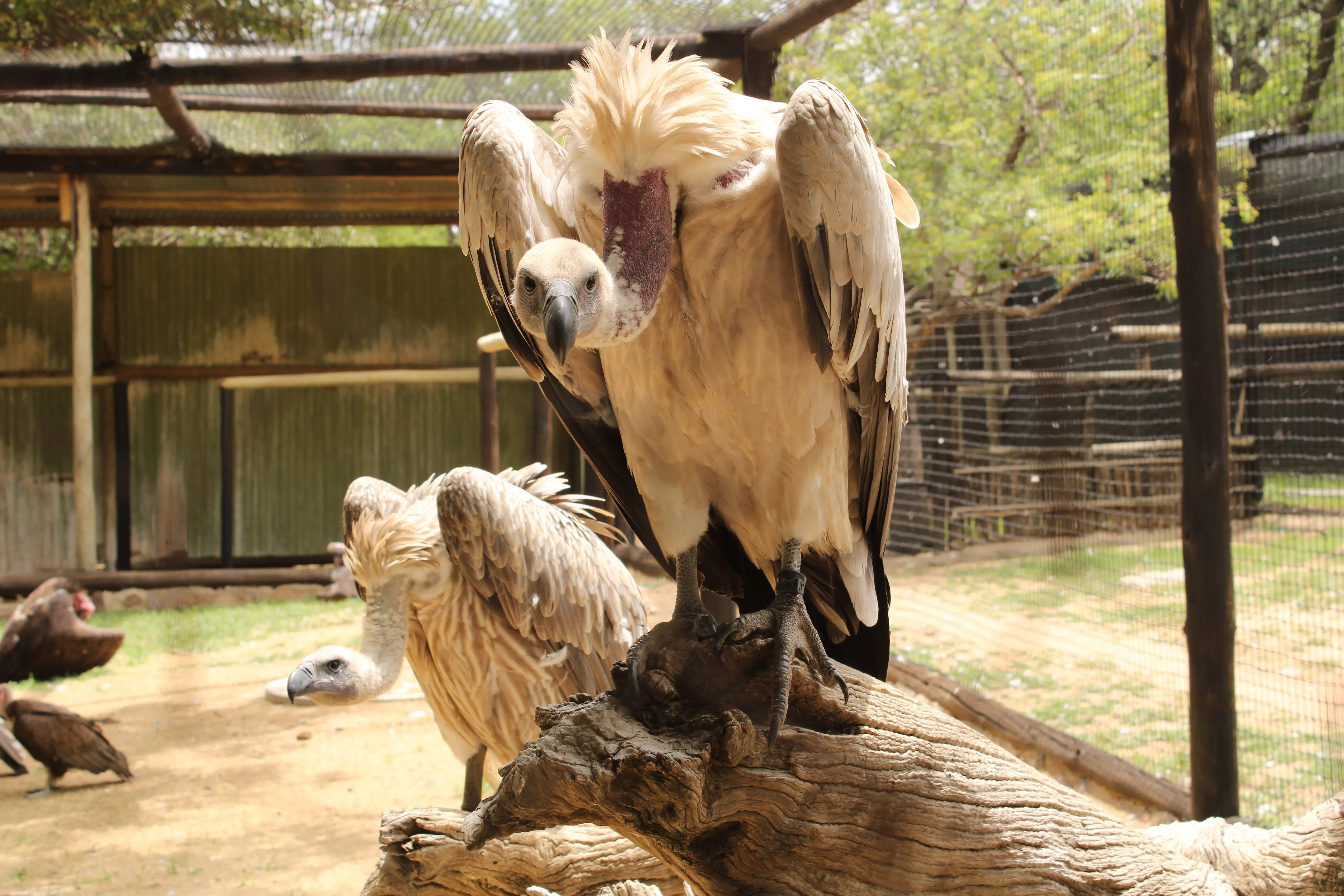
Citizen Science for birding projects
Participating in citizen science allows you to contribute to important research efforts by collecting data on birds in your area.
This can involve recording sightings, tracking bird populations, or observing migration patterns. Whether you're a beginner or an experienced birdwatcher, citizen science projects are designed to be accessible to everyone.
Apps like eBird or iNaturalist are useful technologies for collecting bird lists in your area or your holiday destination. These contributions provide vital information that helps researchers understand changes in bird behaviour, population trends, and the effects of environmental changes.
As a citizen scientist, you can observe birds in your own backyard, while participating a wilderness trail, trekking through mountains or enjoying a guided experience and contributing to real-world conservation research. Your observations help scientists make informed decisions to protect vulnerable species and habitats. And the best part is: As studies have shown, birdwatching aids in human well-being and reduces stress and anxiety.

How can I adopt mindful practices for bird conservation?
If you don't have the time to volunteer or aren't inclined to contribute directly to science, there are still plenty of ways to help. Even small, everyday actions can make a significant difference in bird conservation. Here are a few mindful practices you can adopt:
#1 Create bird-friendly spaces
Plant native plants in your garden to provide food and shelter for birds, and avoid using pesticides that harm wildlife. You can also install bird feeders to provide extra food, especially during winter months or migration seasons. Just make sure to keep feeders clean to prevent the spread of disease and provide fresh water nearby for drinking and bathing.
#2 Prevent light pollution and window collision
Be mindful of light pollution, especially during migration seasons in May and October. Excessive artificial lighting can disorient migrating birds, leading them off course or causing dangerous collisions. Turn off outdoor lights or use shields to direct light downward during these critical times to help ensure safer passage for migratory species. Additionally, use bird-safe decals or screens on windows to reduce the risk of birds flying into them.
#3 Practice responsible birdwatching
When observing birds, maintain a safe distance, avoid disturbing their nests, and respect wildlife guidelines to ensure minimal disruption to their natural behaviour. Avoid littering and do not play loud music or use artificial bird calls, as these can disrupt the birds and their habitats.
How many species are endangered or even facing extinction?
There are almost 11’000 bird species across the world. Birdlife International shows in their “bird of the world state”-report that bird populations globally are in serious decline, with nearly half of all bird species facing reductions. According to the International Union for Conservation of Nature (IUCN), 49% of bird species—approximately 5,412—are experiencing decreasing populations.
These declines affect not just rare or threatened species; even common birds are seeing significant reductions. This poses a threat to ecosystems, potentially disrupting vital services like pest control and pollination.
The situation is dire, with nearly 13% of bird species classified as threatened. This includes 1,409 species that are vulnerable, endangered, or critically endangered. As habitat destruction and climate change continue to impact bird populations, urgent conservation efforts are needed to address these troubling trends and protect global avian diversity.
Here are some endangered bird species:
- Lapped-faced Vultures
- Philippine Eagle
- Bali Starling
- Mariana Fruit Dove
- Harpy Eagle
- African Grey Parrot
- Spoon-billed Sandpiper
- Forest Owlet

Are there any conservation success stories in bird conservation?
Despite the alarming number of endangered and threatened bird species, there are remarkable success stories in bird conservation. Thanks to the relentless efforts of regional birdlife organizations, local communities, NGOs, and government initiatives, several species have been saved from the brink of extinction.
One shining example are island conservation projects like South Africa's "Mouse-free Marion Island," which aims to protect the Wandering Albatross and other seabirds from invasive species. Similarly, New Zealand’s ambitious "Predator-free" initiative works to safeguard delicate native wildlife such as the Kiwi and Kakapo.
Breakthroughs in wildlife rehabilitation have also played a significant role. Programs focused on captive breeding and rewilding endangered birds have seen tremendous success. In South Africa and the European Alps, the Bearded Vulture is slowly getting a comeback, while in Spain, efforts to reintroduce the Northern Bald Ibis are paying off.
In the U.S., the Californian Condor, once on the verge of extinction, is also slowly rebounding. In 2022, a successful rewilding program in Brazil achieved the remarkable return of the Spix's macaw, a species once extinct in the wild. Featured in the Disney movie Rio, this vibrant bird remains vulnerable, but its comeback is a powerful example of what can be accomplished in the fight to save endangered species from extinction.
While challenges remain, the success of these projects offers hope for the future of bird conservation and highlights the impact that dedicated, collaborative efforts can have on saving our planet's most vulnerable species.

What kind of protected areas are important in bird conservation?
Protected areas play a crucial role in safeguarding bird populations and their habitats. Here are key types of protected areas that contribute to bird conservation:
#1 National parks and wildlife reserves
These areas are established to preserve large tracts of land and water, providing habitat for diverse bird species. With strict regulations against hunting and habitat destruction, they support both resident and migratory birds.
#2 Bird sanctuaries and reserves
Designed specifically for bird protection, these sanctuaries focus on critical habitats such as breeding grounds and migratory stopovers. They offer safe havens for vulnerable or endangered species and involve habitat restoration and community education.
#3 Key Biodiversity Areas (KBAs)
KBAs are sites identified as critical for the conservation of global biodiversity. They are essential for maintaining populations of birds and other wildlife and can include various ecosystems, such as forests, wetlands, and grasslands. Protecting KBAs ensures the preservation of essential habitats, helping to sustain bird populations and the overall health of ecosystems.
#4 Ramsar sites
Wetlands designated as Ramsar Sites are crucial for many bird species, particularly waterfowl and shorebirds. The Ramsar Convention promotes the conservation and sustainable use of these wetlands, benefiting both birds and their ecosystems.
#5 Marine protected areas (MPAs)
These areas safeguard marine ecosystems and biodiversity, including seabirds, by protecting important feeding and nesting sites. MPAs vary in protection levels, ensuring the conservation of vital habitats for marine birds.
#6 Important bird and biodiversity areas (IBAs)
Globally recognized for their significance to bird populations, IBAs are identified based on criteria like the presence of endangered species. Conservation efforts here often involve partnerships with local communities to protect both birds and human needs.

Four compelling reasons for you to engage in bird conservation:
#1 Biodiversity protection
Birds play a crucial role in maintaining healthy ecosystems. They help pollinate plants, disperse seeds, and control insect populations. By engaging in bird conservation, you contribute to the protection of biodiversity, ensuring that ecosystems remain balanced and resilient.
#2 Environmental indicators
Birds are excellent indicators of environmental health. Changes in bird populations can signal shifts in habitat quality, climate change, and ecological balance. By monitoring bird populations and engaging in conservation efforts either with volunteering opportunities or citizen science projects, you help provide valuable data that can inform broader environmental conservation strategies.
#3 Cultural and economic value
Birds hold significant cultural and economic value for many communities. Birdwatching is a popular recreational activity that promotes tourism and local economies. Engaging in bird conservation helps preserve these species for future generations to enjoy, fostering a deeper appreciation for nature and its contributions to society.
#4 Personal fulfilment and education
Participating in bird conservation can be personally rewarding. It offers opportunities for outdoor exploration, education, overall well-being and community involvement. By learning about bird species, their behaviours, and their habitats, you not only enhance your understanding of nature but also inspire others to appreciate and protect the avian world.
Sign up for the newsletter
By clicking on “Subscribe now” I will subscribe to the Conscious Explorer newsletter with all the information about mindful travel. Information on the success measurement included in the consent, the use of the shipping service provider MailChimp, logging of the registration and your rights of revocation can be found in our privacy policy.
